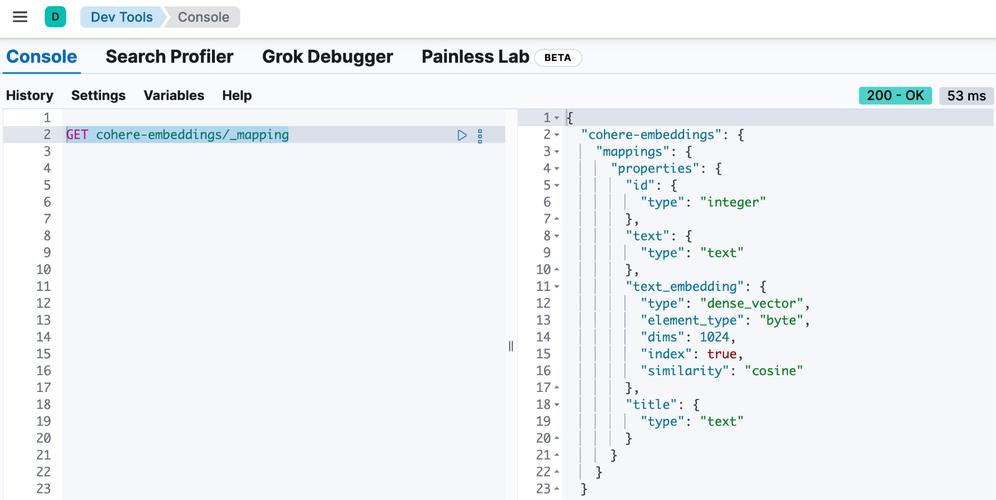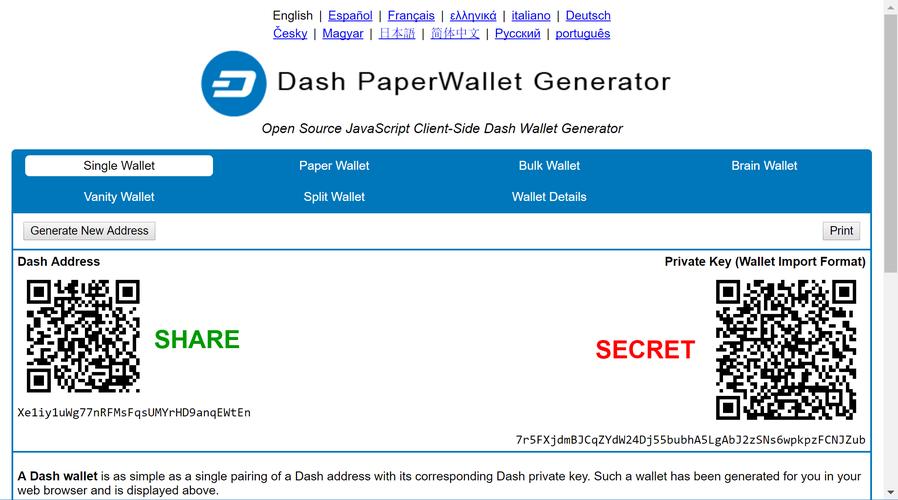
Decode ETH Transaction: A Comprehensive Guide
Decoding an Ethereum transaction can be a complex task, especially for those new to the world of blockchain technology. However, with the right knowledge and tools, it becomes a manageable and insightful process. In this article, we will delve into the intricacies of decoding an Ethereum transaction, covering various aspects such as transaction structure, data analysis, and practical applications.
Understanding the Transaction Structure
An Ethereum transaction is a digital contract that allows the transfer of value or data between parties on the Ethereum network. To decode a transaction, it is essential to understand its structure. A typical Ethereum transaction consists of the following components:

| Component | Description |
|---|---|
| Nonce | Unique identifier for the sender’s account, ensuring that the transaction is unique. |
| Gas Price | Price per unit of gas, determining the cost of executing the transaction. |
| Gas Limit | Maximum amount of gas the transaction is allowed to consume. |
| Recipient Address | Address of the recipient, where the value or data will be sent. |
| Value | Amount of Ether to be transferred to the recipient. |
| Data | Optional data payload that can be included in the transaction. |
By understanding these components, you can begin to analyze the transaction and gain insights into its purpose and execution.
Data Analysis: Interpreting the Transaction
Once you have a grasp of the transaction structure, the next step is to analyze the data within the transaction. This involves examining the recipient address, value, and data fields. Let’s explore each of these aspects in detail:
Recipient Address
The recipient address is a crucial piece of information in an Ethereum transaction. It identifies the destination where the value or data will be sent. To decode the recipient address, you can use various online tools and services, such as Etherscan or Web3.js. These tools provide a user-friendly interface to view the transaction details and associated account information.
Value
The value field in an Ethereum transaction represents the amount of Ether to be transferred. It is expressed in Wei, the smallest unit of Ether. To convert the value from Wei to Ether, you can use the following formula:

Value in Ether = Value in Wei / 10^18
By analyzing the value field, you can determine the amount of Ether involved in the transaction and its purpose, whether it is a simple transfer or a complex smart contract interaction.
Data
The data field in an Ethereum transaction is optional and can contain arbitrary data. This data can be used to interact with smart contracts or perform specific actions on the blockchain. To decode the data field, you can use tools like Etherscan or Web3.js, which provide a disassembler to interpret the data in a human-readable format.
Practical Applications: Using Decoded Transactions
Decoding Ethereum transactions can be beneficial in various scenarios, such as:
-
Monitoring transactions related to your wallet or smart contract.
-
Analyzing the activity of a specific address or account.
-
Understanding the purpose and execution of a transaction.
-
Identifying potential security threats or fraudulent activities.
By decoding transactions, you can gain a deeper understanding of the Ethereum network and its applications, enabling you to make informed decisions and stay ahead of potential risks.
Conclusion
Decoding an Ethereum transaction may seem daunting at first, but with the right knowledge and tools, it becomes a valuable skill. By understanding the transaction structure, analyzing the data, and applying the insights gained, you can navigate the Ethereum network with confidence and make informed decisions. So, dive into the world of Ethereum transactions and unlock the potential of this revolutionary technology.



